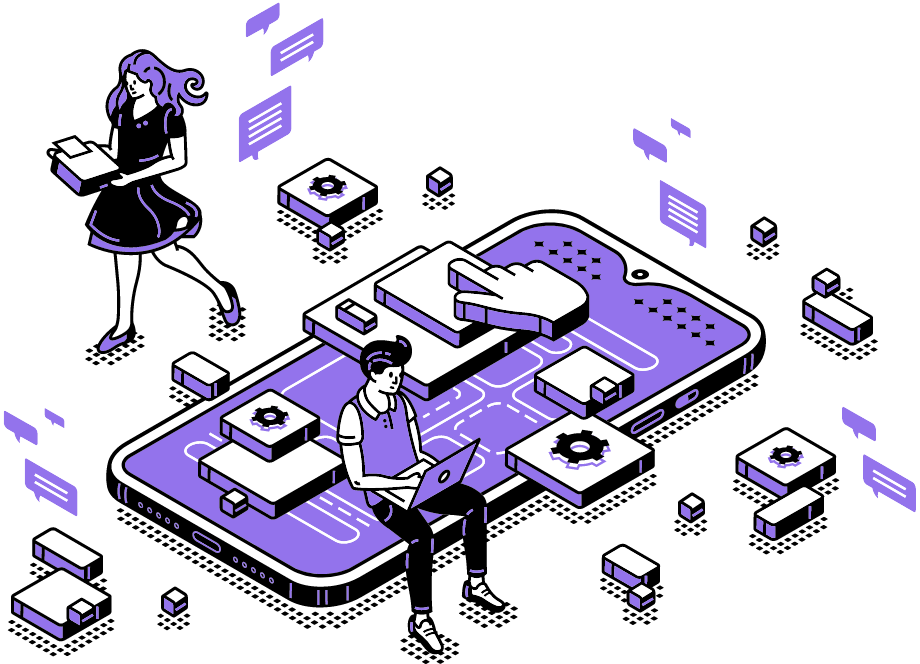
Culture is the backbone of an engineering team, a foundation for a productive, cohesive, and efficient unit that drives your business forward.
There are certain important factors that underpin such a culture.
In this article, we’ll tell you what the pillars of a strong engineering culture are and explain why you should work on making them a part of working at your company.
Let’s dive in!
Table of Contents
Autonomy
To perform to the best of their abilities, your engineers need autonomy. Autonomy sparks motivation, and motivated engineers are vital for a strong engineering culture.
Autonomy for developers doesn’t mean that they’re free to do whatever they want, how they want to—some structure is still necessary for completing projects and sticking to company goals.

Get unreal data to fix real issues in your app & web.
However, giving them the freedom to choose the tools and frameworks they can use, the technology or even the time they work can boost their motivation to new heights.
According to Daniel Pink, autonomy is one of the key components of intrinsic motivation. He argues that external rewards, such as money, fail to boost employees’ engagement.
To be fully motivated, employees need to have freedom in their work.
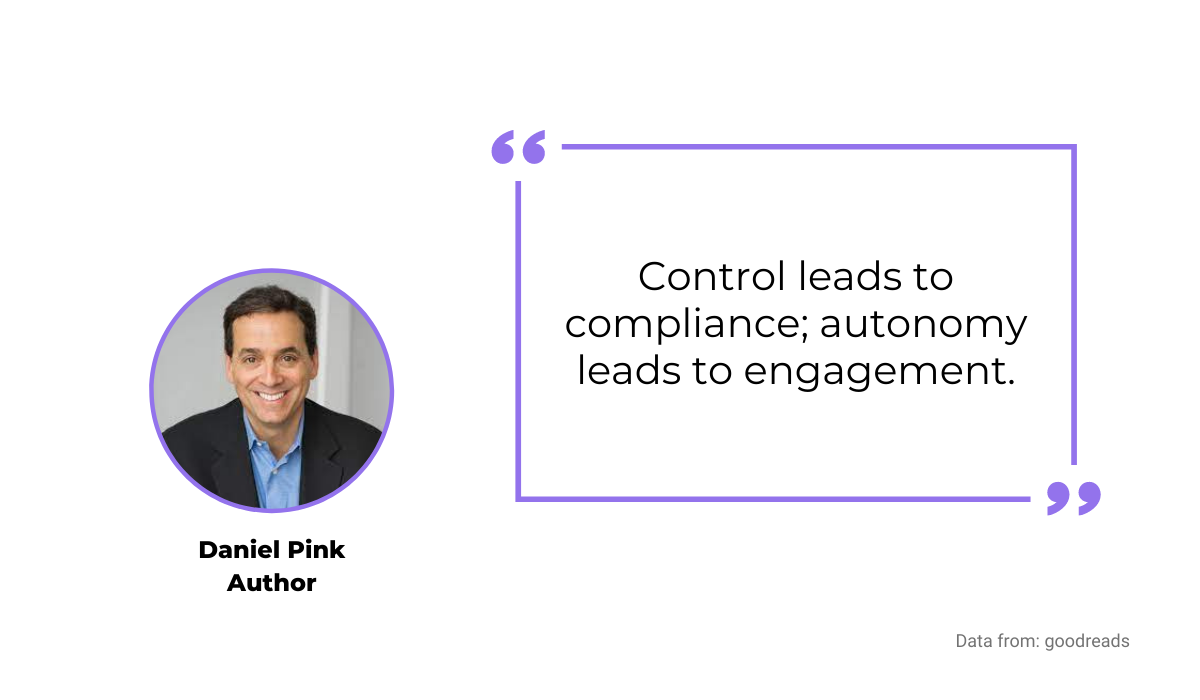
Moreover, you need engaged engineers if you want your engineering culture to be marked by efficiency and productivity.
However, data by Gallup shows that only 20% of employees are engaged in their workplace.
If providing autonomy can increase that number, it’s certainly a good idea to consider it.
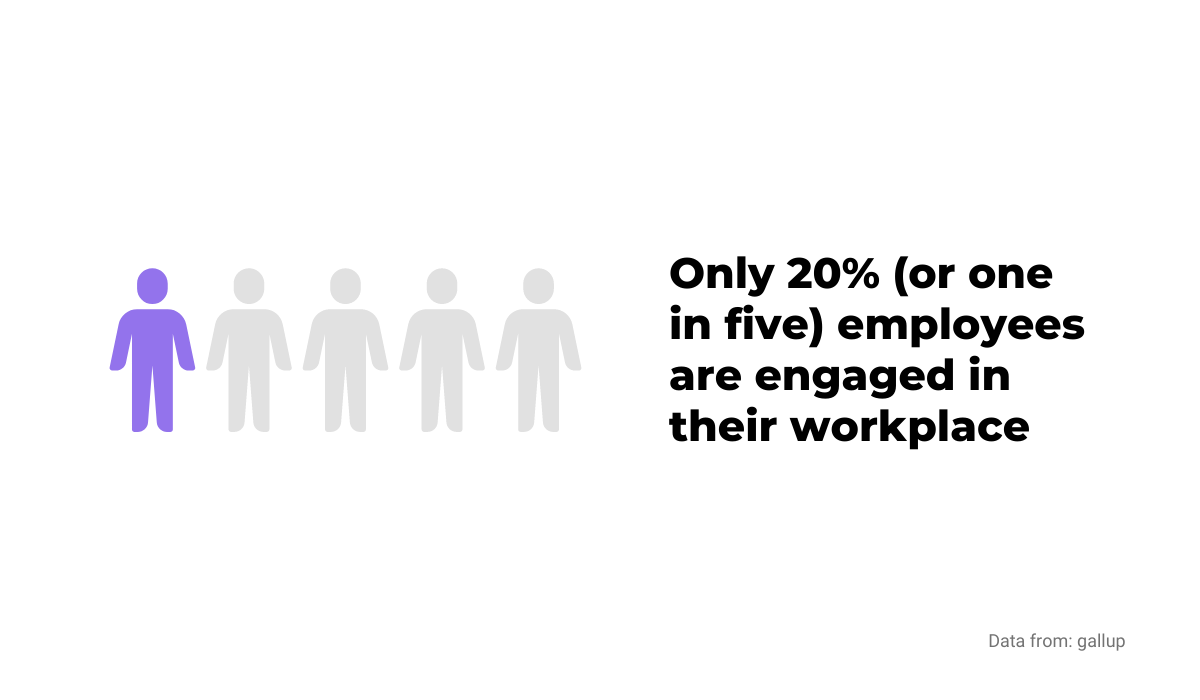
Furthermore, research done by Atlassian indicates that autonomy and happiness are strongly linked among developers.
Developers with more autonomy say they’re happier with more freedom in their work, even if their job and responsibilities are more complex.
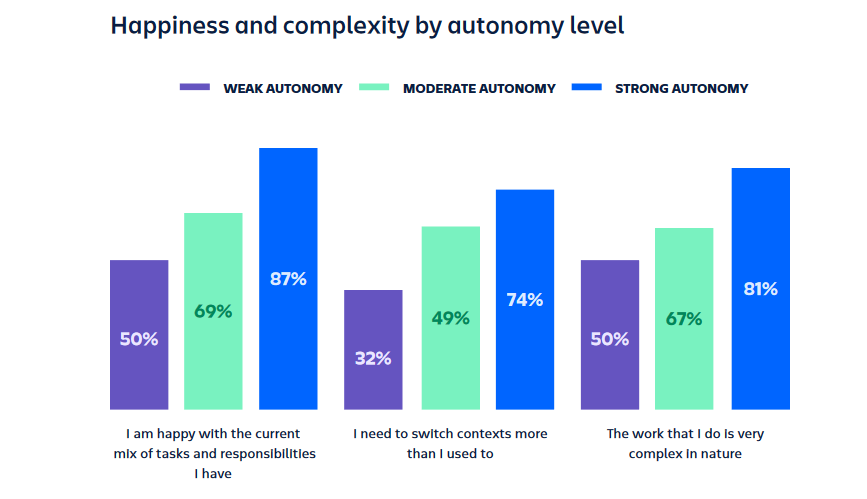
As you can see, the difference in happiness between developers with strong and weak autonomy is roughly between 30 and 40%, which is significant.
One company that had great success in increasing the autonomy of its engineers is Trade Me, New Zealand’s biggest auction and classifieds site.
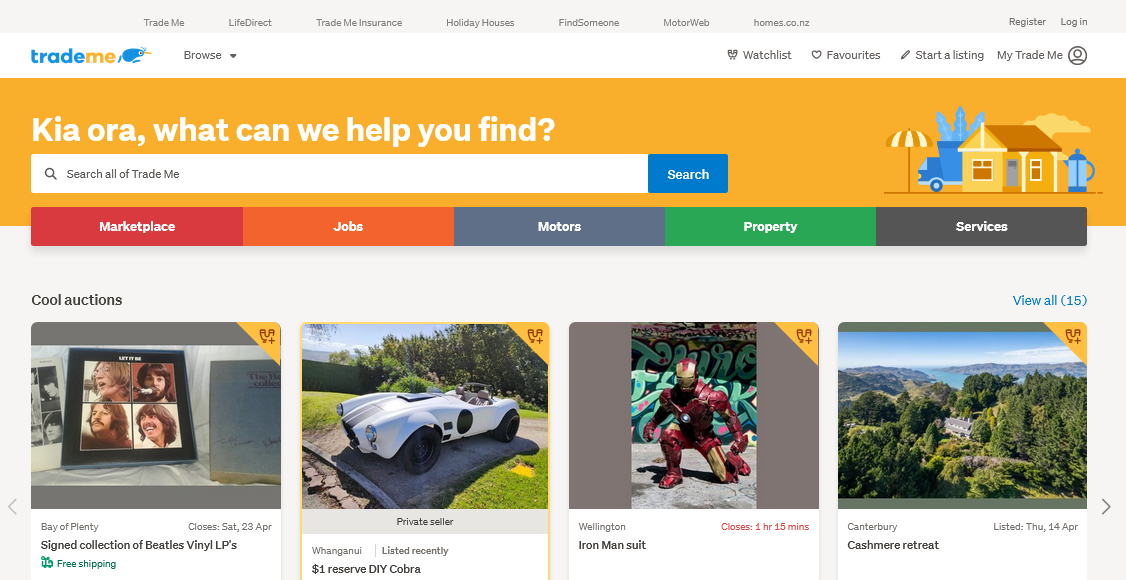
As they grew in size, their employees became less motivated and more unhappy, so they figured they had to change something.
They decided to give more autonomy to engineers and let them decide who they work with.
The engineers formed Squads of their choice; the company ran a big self-selection exercise in which engineers could choose their projects and teammates, as you can see below.
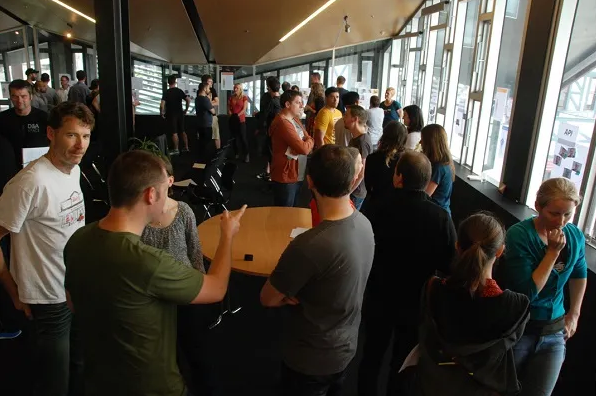
Another way in which Trade Me increased engineers’ autonomy was by letting them choose how they work on a project.
For example, their Squads could choose only some select elements of the Agile framework and ditch the ones they don’t like.
The important part was choosing efficient processes deliberately and not blindly following them.
Giving more autonomy proved successful for Trade Me; their engineers became more productive, happier, and motivated, providing the necessary ingredients for a strong engineering culture.
Transparency
Feeling safe and comfortable around colleagues and management is a sign of a healthy workplace atmosphere. A vital element in creating such a culture is transparency.
By transparency we mean open communication and an unencumbered flow of information, which has multiple benefits for the company.
On the other hand, a lack of transparency and communication breeds mistrust, leading to unhappy and frustrated engineers.
Therefore, transparency is of great importance to employees. According to Slack’s Future of Work study, 87% of workers would seek a transparent company as their future employer.
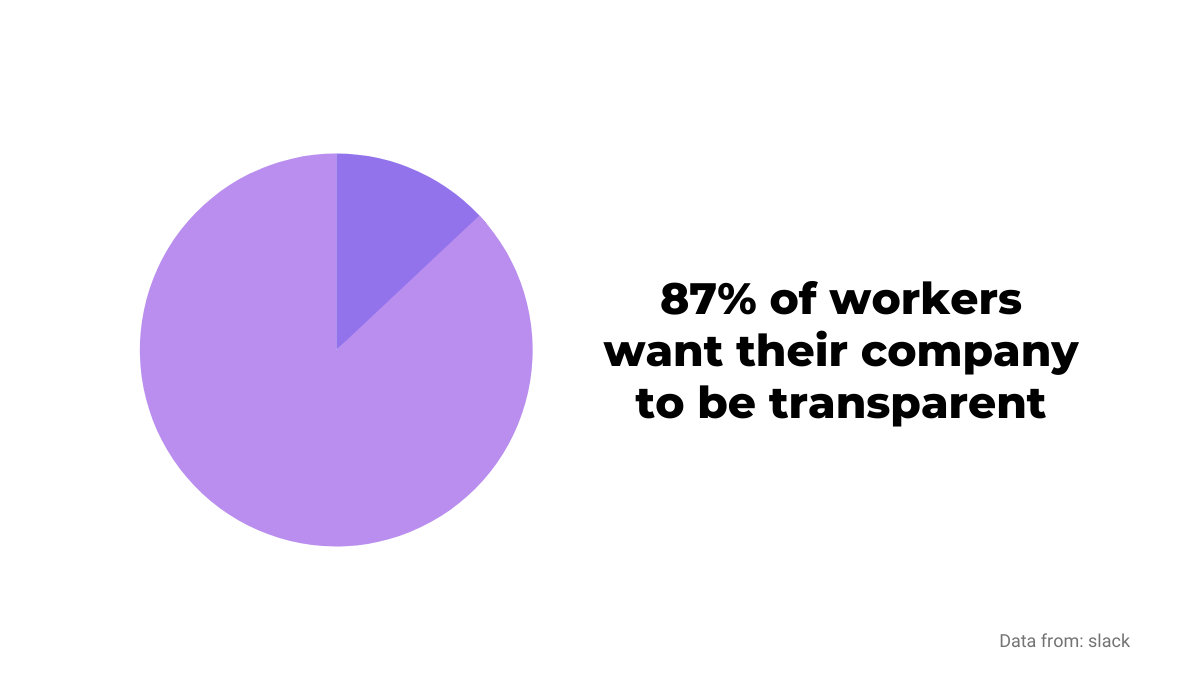
Also, being transparent across the board helps your engineers focus on accomplishing company goals.
As Keith Rabois, an executive and investor, puts it, engineers need the necessary information if you want them to make sound decisions.
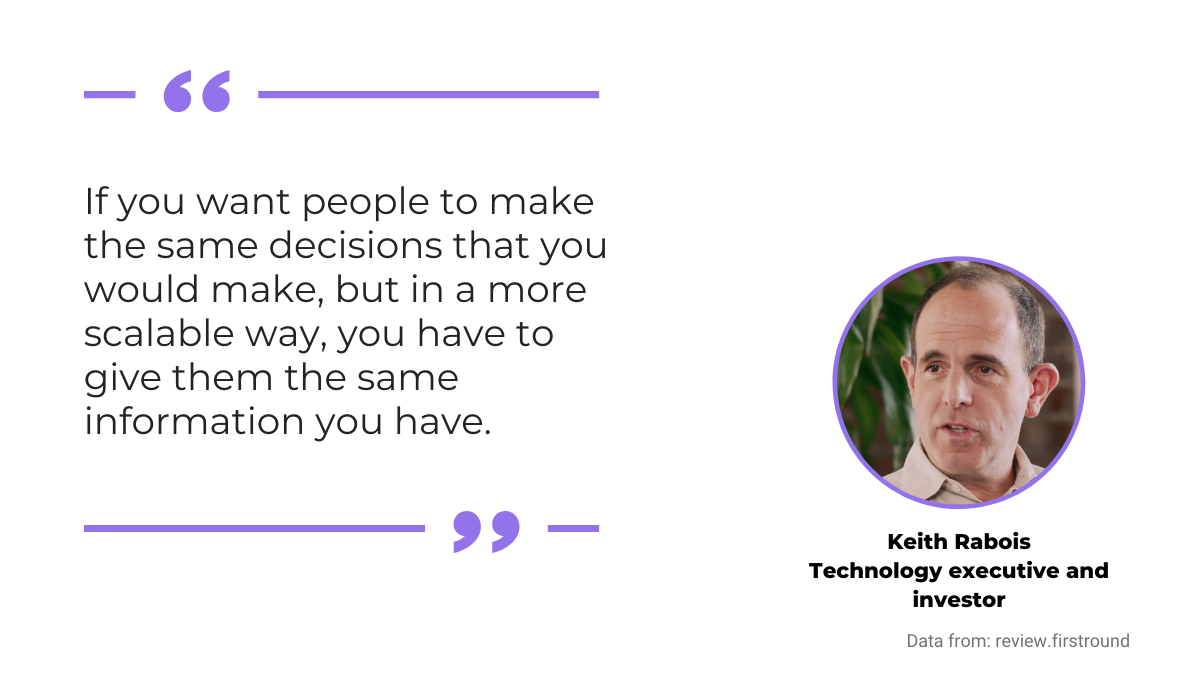
In other words, being transparent means making relevant information available so that your engineers can be more efficient in their work.
That definition of transparency is a core value at Front, a software company that developed a popular communication platform.
As Front’s CEO and co-founder Mathilde Collin says, it’s their starting point for every interaction in the company.
“Everything at Front—within the product and the company—is transparent by default.”
For example, everyone’s work calendar, including Collin’s, is public. As she claims, that’s beneficial for coordination, and it helps her with the coaching.
When everyone’s calendar is public, it’s easy to see if there are any areas for improvement.
Every Monday, the company holds an all-hands meeting, where anyone can submit questions anonymously.
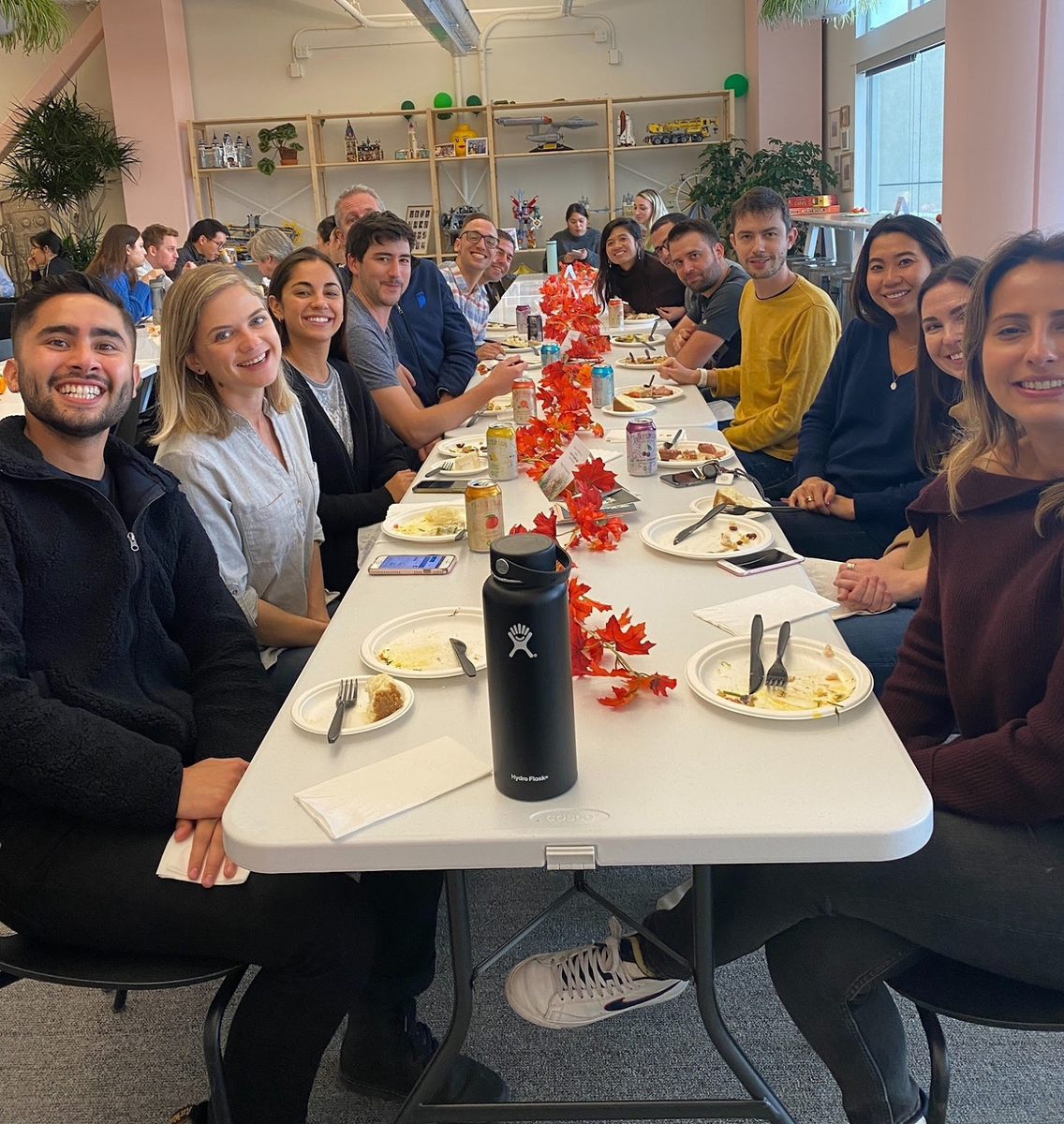
Moreover, each month, Collin gives a presentation to the entire company in which she shares the good and the bad about the state of their business.
Front isn’t just transparent internally—the company has an online public roadmap. Anyone can see what features are currently under consideration, what is in the works, and what has been released.
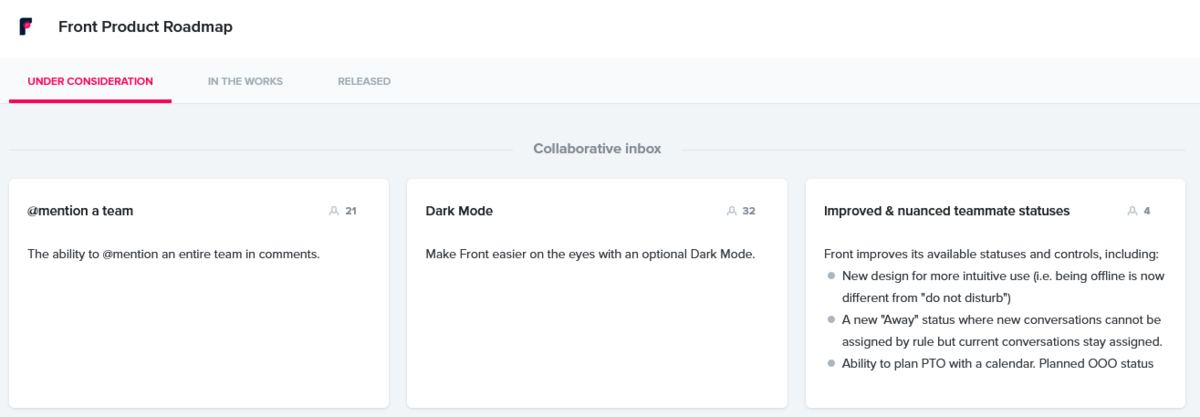
Like the ones they have at Front, transparent practices can increase trust and foster a healthy work environment for any employee, including the engineering team; an engineering culture built on transparency has a good and strong foundation.
Impact
Engineers like to see their work’s impact and that’s no surprise. It’s exciting and motivating to see the results of writing lines and lines of code.
When they witness the user’s satisfaction and the impact they made, your engineers will likely want to contribute even more and be more productive, improving your company’s engineering culture.
One of the strategies you can use to connect your engineers to the end product and users’ experience is organizing work in such a way that they can release features more often, rather than everything at once.
That’s one element of the Agile framework. When working in Agile, it’s customary to break down a project into smaller pieces called “user stories”, prioritize them and deliver them to users.
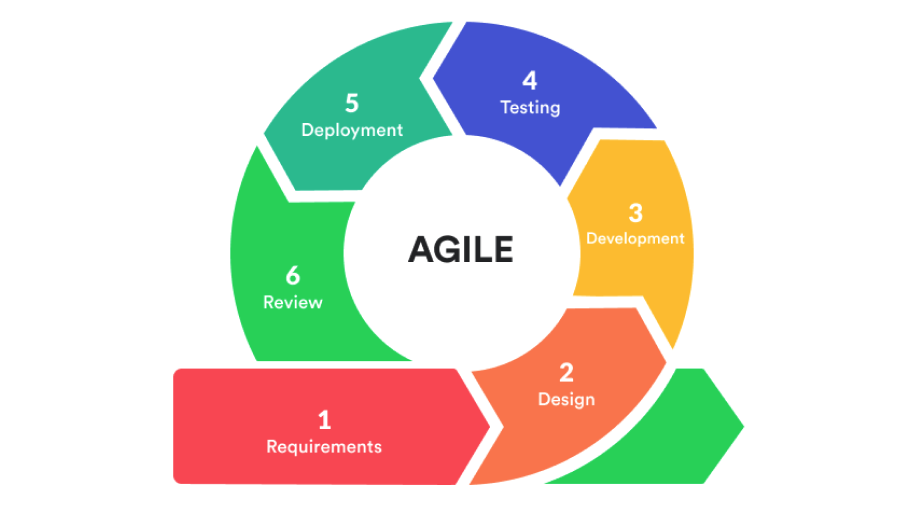
As engineers build and release features, they can see the impact of their work as they receive feedback from users.
That makes working on a product a much more tangible experience—they can almost see the impact of their work in real-time.
PlayStation Network significantly boosted its engineering culture by implementing the Scaled Agile Framework (SAFe).
Their problems originated mainly from the sheer number of engineers they employ; it was a big challenge to coordinate around 1.000 engineering team members so that they consistently release new features and updates.
When they implemented SAFe in 2014, they began prioritizing features to work on. Also, every 12 weeks, team members came to San Diego for launches.

According to their Director of Technology Tripp Meister, it helped engineers to deliver value.
Additionally, consistently releasing smaller increments every two weeks to their users enabled engineers to see how their work was received more often than before.
As Meister concludes, the results were excellent.
In two years, among other things, the company shipped more than 350 production releases and completed over 250 features—that alone is over 600 opportunities for engineers to see their work in the hands of the customers.
Witnessing the impact of their work helps engineers to see its purpose.
If you want to have a strong engineering culture at your company, provide them with opportunities to see the results of their weeks spent at the keyboard.
Teamwork
It is said that no man is an island, and engineers are no exception. Even if there are projects in which some of them work by themselves, they are still a part of the team.
Teamwork is, therefore, an essential ingredient of a strong engineering culture.
It’s important that engineers know that they can rely on their colleagues. Support and honesty among peers are vital for their emotional well-being—research done by Atlassian suggests so.
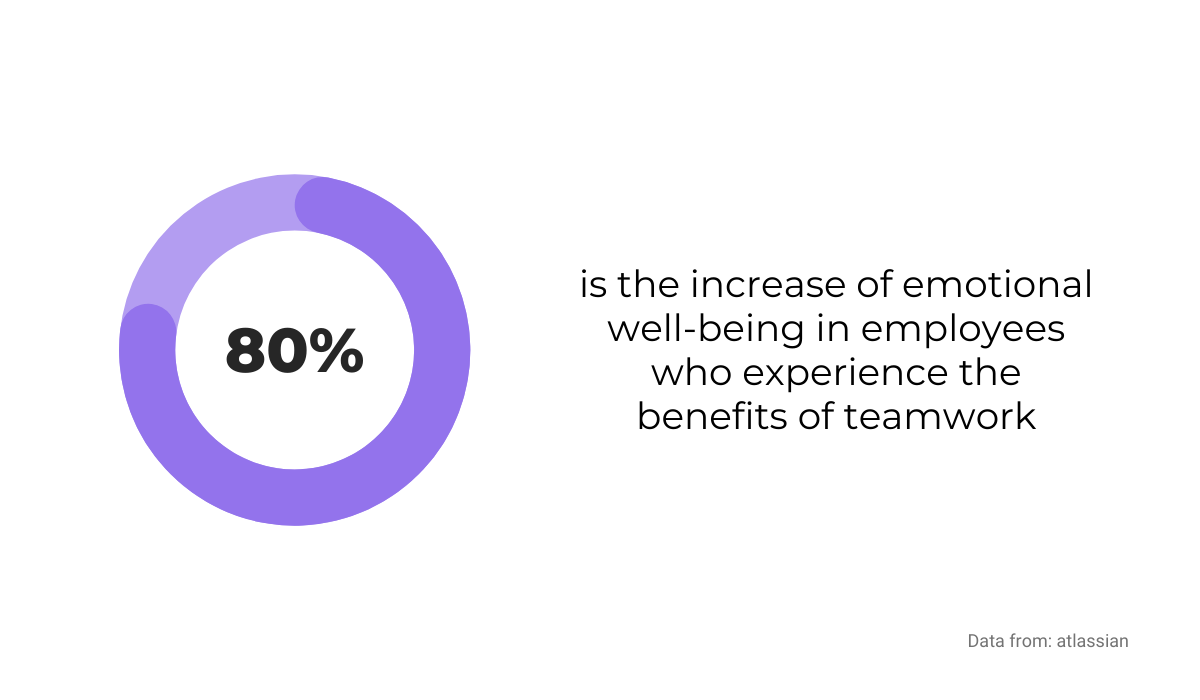
Good teamwork includes mutual respect, candid feedback, inclusion, and collaboration. When those elements are present, most workers report a high level of emotional satisfaction.
Teamwork can also encourage creativity and learning, especially when the team is diverse in its talents and abilities.
As John J. Murphy puts it, besides benefiting team members, that’s also important for the company’s success.
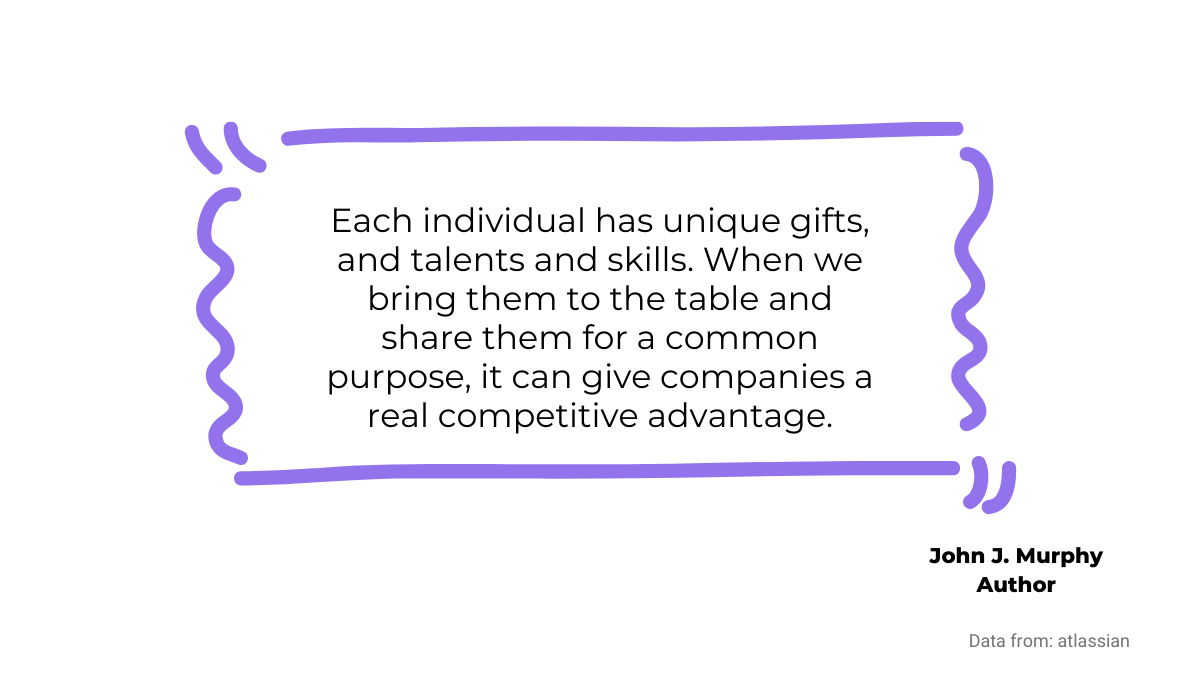
Many tech companies have already caught on to the importance of teamwork for strengthening the engineering team.
Therefore, they often organize various activities to bring their engineers together and give them space to exchange ideas, knowledge, and skills.
One of them is Codementor, which organizes hackathons for their engineers.
Hackathons are events where developers work together in teams on a project, usually in an intense fashion over a weekend or over 24 hours without sleep.
For example, developers at Codementor separated into teams and produced some entertaining results.
One of the teams created an interactive error page, so the users wouldn’t be stressed out when the webpage they’re trying to reach wouldn’t load.

Another team created a real-time map visualization of user activity, which depicts Earth, and the locations of people using the platform are shown live.
Whether the end result is practical, like the aforementioned visualization of user activity, or purely entertaining, like the spinning figurine that serves as a Slack alert created by another Codementor hackathon team, that’s not the primary purpose of such activity.
The point is to work as a team and strengthen the bonds between engineers.
The more collaboration there is and the stronger the connections between the team members are, the healthier the engineering culture—and that’s what’s most important.
Execution
Prioritizing the execution of the most important projects is a sign of a strong engineering culture. A culture like that focuses on what’s best for the company’s mission and vision.
A clear mission and goals of the company are something that you should communicate to your engineering team.
According to research by Glassdoor, that’s very important to employees when they’re looking for a job, so it’s worth keeping in mind.
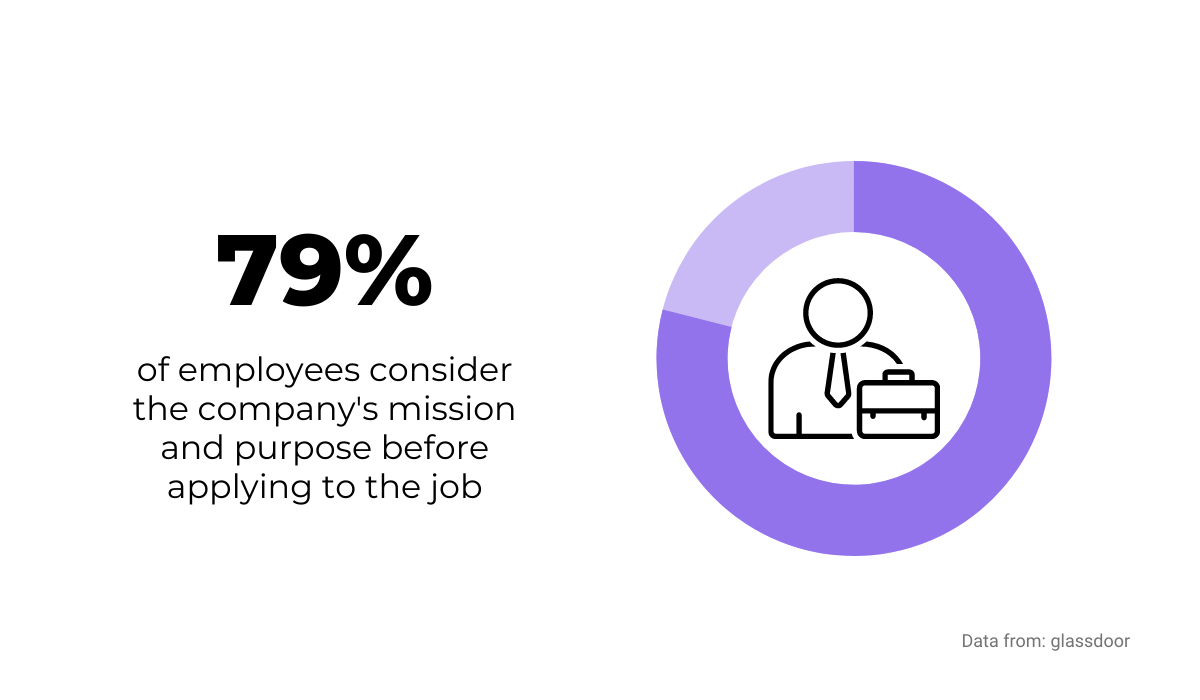
Knowing a company’s mission and vision is vital for the efficient execution of projects. However, you should ensure that you make your vision clear and meaningful.
According to influencer Simon Sinek, there are three main elements of a meaningful vision.
It needs to be:
- Resilient
- Inclusive
- Service-oriented
A resilient vision can withhold cultural or economic change.
As Sinek puts it, “to be the best technology” isn’t a resilient vision—technology changes rapidly, and nothing is “the best” for long in that field.
You should also use inclusive wording in communicating your vision.

Capture, Annotate & Share in Seconds with our Free Chrome Extension!
That means that everyone in the company feels like they can contribute to the company’s mission—including your engineers.
A service-oriented vision means that the primary benefactor can’t be the contributor.
In other words, the primary goal of your engineering team is to build something beneficial to the users, not primarily to themselves.
You can listen to Sinek talk more about those three factors in the video below.
If your engineering team is oriented toward a meaningful mission, the execution should be stronger.
At Opendoor, an online company for transacting in residential real estate, they noticed that the engineering team had too many projects, and the execution wasn’t great.
Mark Kinsella, VP of Engineering at Opendoor, describes how they prioritized the most impactful projects for the company.
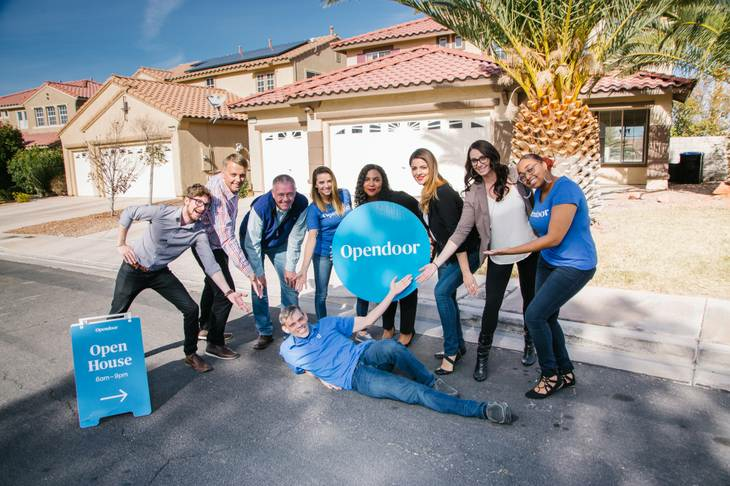
He helped the engineering team establish metrics for those projects and focus on executing them.
It’s about quality and execution, not about quantity.
“I made it clear that the raw number of projects does not matter. Instead, teams can achieve greater business impact through stronger execution.”
Focus on executing quality projects helped Opendoor strengthen its engineering culture; it could help yours, too.
Professional growth
Engineers love challenges. They motivate them to improve and expand their skill set.
However, it’s not enough to assign them challenging projects—you should have a structured plan for their professional growth.
If you think that most developers like to keep their knowledge fresh, that’s pretty much true.
According to a survey by Stack Overflow, over 70% of them learn a new programming language or framework at least once a year.
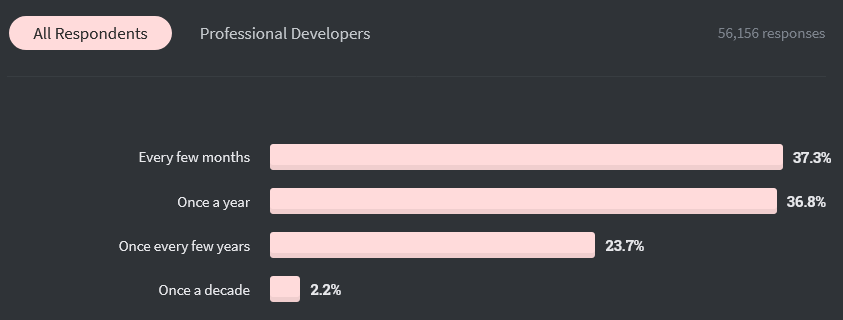
Tech companies that are aware of their engineers’ learning preferences provide them with opportunities to learn during their working hours.
One of the most famous examples is Google, with its “20% time” rule.
That was a concept that became popular around 2004, and it allowed Google’s employees to spend 20% of their working time developing their passion projects, as long as they thought that would benefit Google.
By working on their preferred projects, engineers had the chance to be creative and branch out into directions they most likely wouldn’t under a strict schedule.
And many of those projects did indeed benefit Google.
Among them was the news aggregator Google News. Developer Krishna Bharat created it in his dedicated 20% time, and it became a huge success for the company.
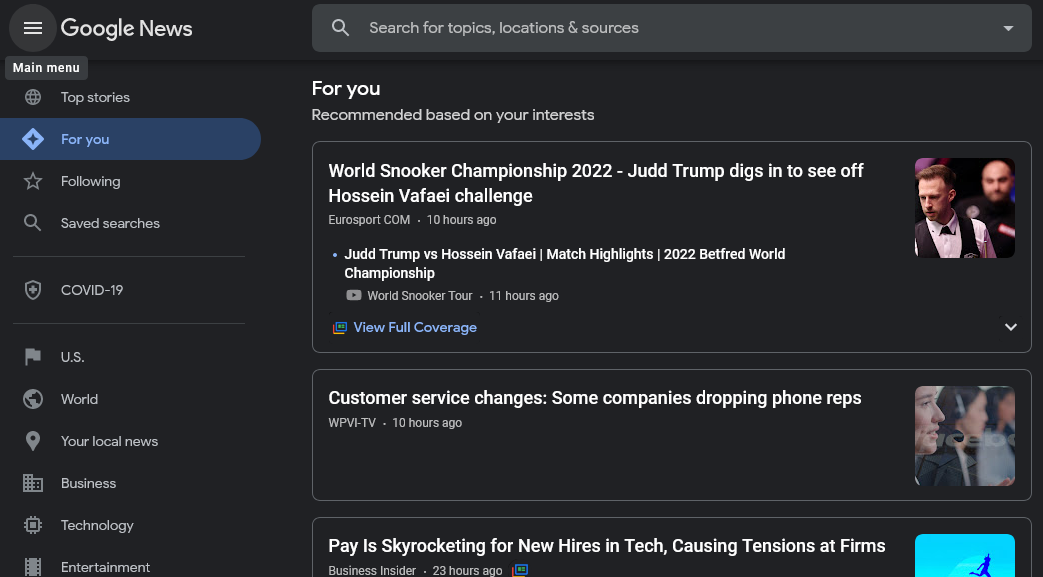
It’s the world’s largest news aggregator with content from more than 20.000 publishers, and the service is offered in 35 languages.
Google Reader is another notable project developed thanks to the “20% time” rule. Although it’s no longer active, it had a good run between 2005 and 2013.
The software, created by Chris Wetherell, was an RSS/Atom feed aggregator. The users could keep track of multiple feeds, share content, download it for offline use, etc.

It’s important to consider that even if your engineers have time for professional development, either with a Google-style dedicated time or some other concept, their primary tasks will be their first priority.
Parkinson’s Law is an adage that work expands to fill the time allocated for its completion—the more time we have, the lesser the effort. In other words, your engineers will manage to do their work even if they spend a small portion of their working time on professional growth.
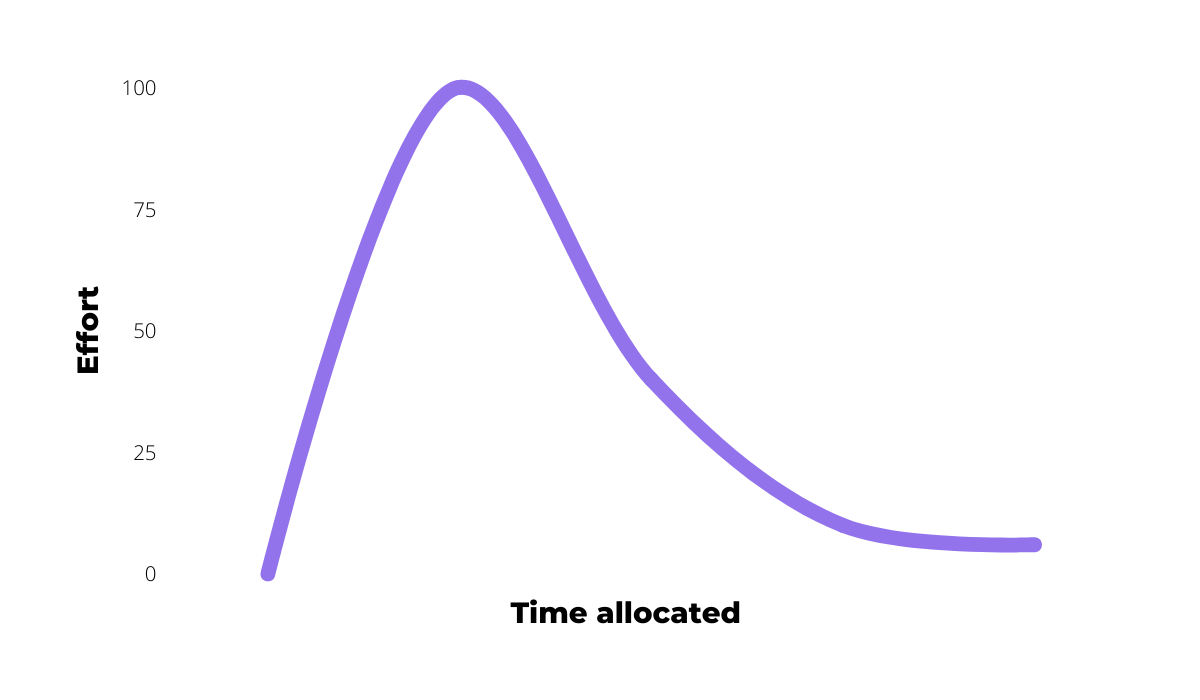
Providing your engineers with time and space for professional growth can only benefit them and your business.
Conclusion
To have a strong engineering culture, you need to develop an environment in which your engineers can have the right mindset for success.
If you want them to be motivated, happy, and produce great results, you should work on the basics of a good engineering culture — autonomy, transparency, impact, teamwork, execution, and professional growth.
